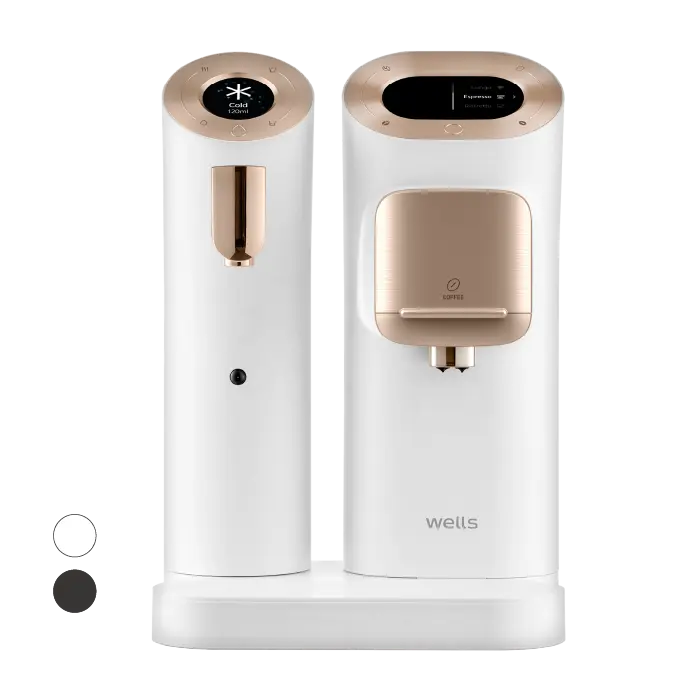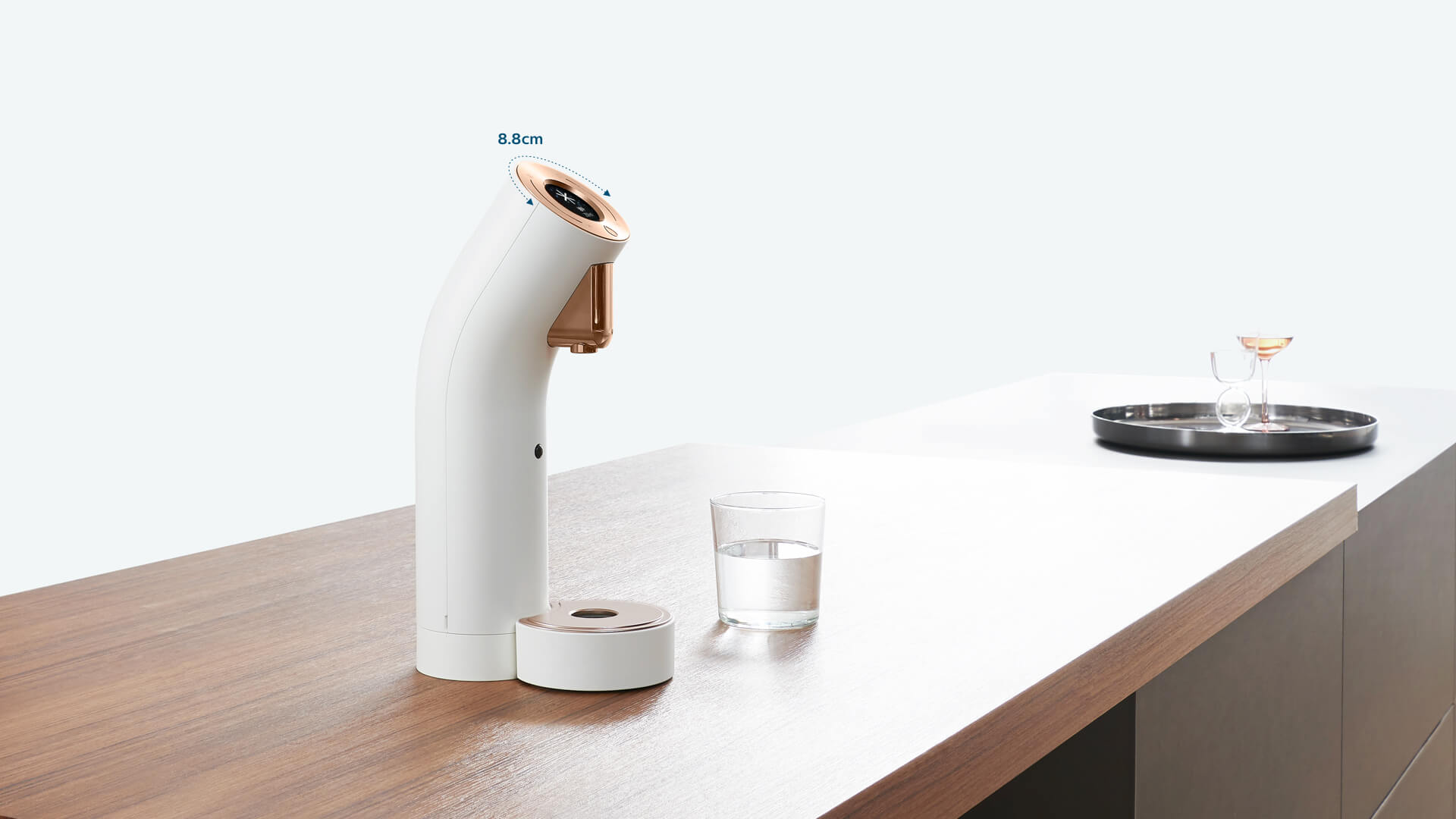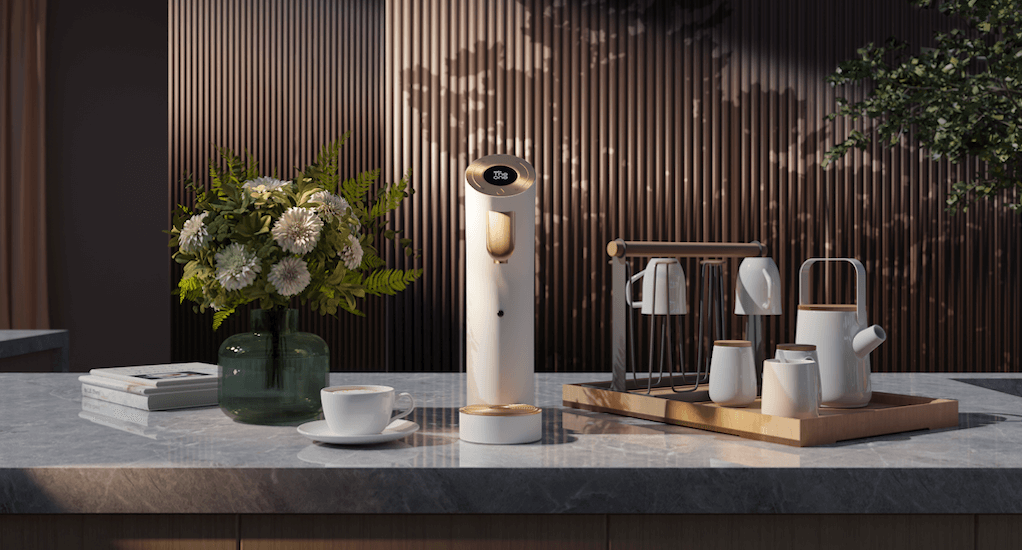Clean and safe drinking water is one of life’s most important necessities; thus, providing for it is crucial. It also refers to contact with contagious diseases, water intake, and the system’s functioning. Tap water could be regarded as a complete violation of clean drinking water, as investigations have shown that it contains heavy metals that cause severe illnesses. Replacing water filters is extremely important to ensure your family members’ safety from diseases caused by consuming contaminated water.
Choosing a water filter takes work, especially now when the market offers such varieties. The type of contaminants in your water, the amount a family will use daily, and, importantly, which you are prepared to pay could all play roles in why one style fitter beats another. How can this guide help you navigate these factors to find the best water filter for your home? Read on.
1. Assess Your Water Quality
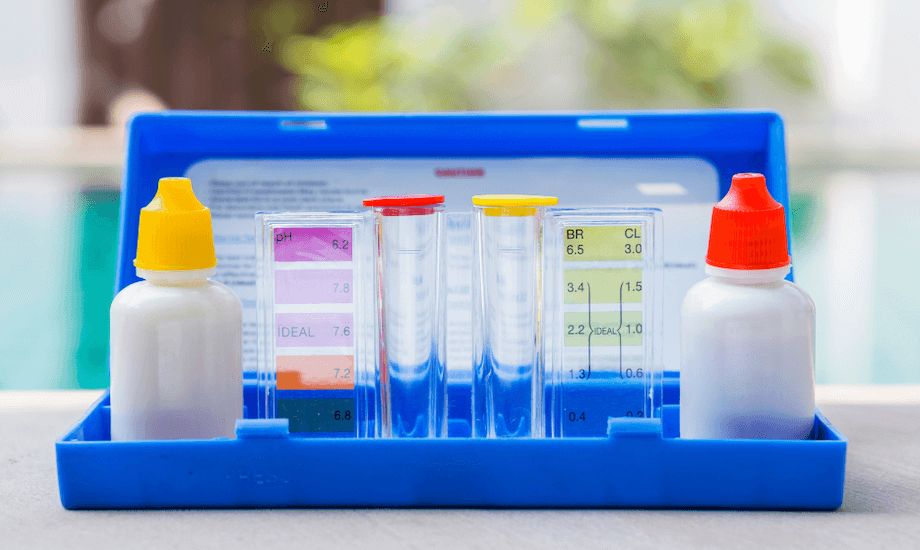
Test Your Water for Contaminants
Some filters work to filter out specific things while others do not; hence, knowing what you are filtering is important. The most preferable choice is a home water testing kit, which you can use to discover chlorine, lead, and bacteria within a few days. These kits are recommended due to their quick results and easy interpretation.
Collect a water sample and get it tested in a certified laboratory for the full list of contamination indicators. Lab tests can identify a plethora of toxins and prove specific quantitative indices of the disorders’ severity.
Identify the Water Source
Knowing your water source helps determine the types of contaminants you might be dealing with:
- Municipal Water: Often contains chlorine, fluoride, and potentially lead from old pipes. Municipal water is typically treated, but treatment plants cannot remove all contaminants.
- Well Water: Can contain bacteria, nitrates, heavy metals, and pesticides. Well water is not treated, so contaminants depend on local environmental conditions.
- Rainwater: May contain atmospheric pollutants, bacteria, and other contaminants from collection surfaces.
2. Types of Water Filters

Activated Carbon Filters
The main advantage of activated carbon filters is that they can eliminate chlorine, sediment, and volatile organic compounds (VOCs). They also enhance water quality and taste, making water more enjoyable. These filters are available in various forms, including:
- Pitcher Filters: Simple and portable, suitable for small households or occasional use.
- Faucet-Mounted Filters: Easy to install and provide filtered water directly from the tap.
- Under-Sink Filters: More complex installation but provide a steady supply of filtered water without affecting water flow.
Reverse Osmosis Systems
Reverse osmosis (RO) systems use a semi-permeable membrane to remove a wide range of contaminants, including heavy metals, bacteria, viruses, and dissolved solids. They are ideal for households needing high-purity water. Key features include:
- Multiple Stages of Filtration: Typically include pre-filters, an RO membrane, and post-filters to ensure comprehensive purification.
- Water Storage Tank: Stores filtered water, providing a ready supply when needed.
UV Purifiers
UV purifiers use ultraviolet light to kill bacteria and viruses, making them a good choice for ensuring microbiological safety. It is often used with other filter systems to provide additional protection.
- Instantaneous Disinfection: UV purifiers provide immediate disinfection without chemicals.
- Low Maintenance: Require only periodic lamp replacement.
Water Softeners
Water softeners specifically target minerals that cause water hardness, such as calcium and magnesium. These systems use ion exchange to replace hardness minerals with sodium or potassium ions.
- Prevent Scale Buildup: Protect pipes and appliances from scale buildup.
- Improve Soap Efficiency: Soft water improves soap lathering and reduces soap scum.
Distillation Systems
Distillation systems purify water by boiling it to produce steam, which is then condensed into liquid. This process removes most contaminants, including heavy metals, bacteria, and viruses.
- High Purity: Produces very pure water, free from most contaminants.
- Energy Intensive: Requires significant energy to boil water and condense steam.
3. Determine Your Needs
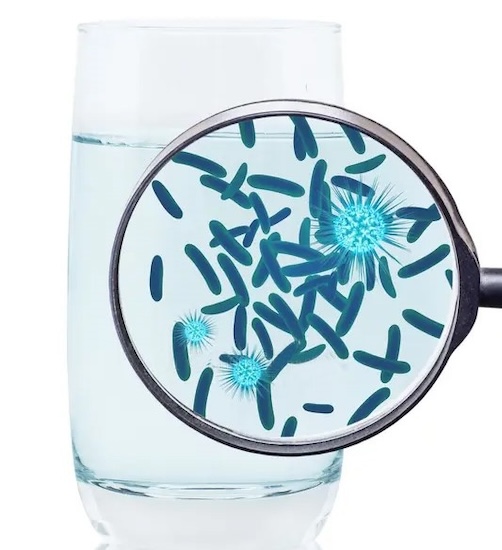
Address Specific Health Concerns
If you have specific health concerns, such as lead contamination or bacteria in your water, choose a filter that targets those contaminants. For example:
- Lead Contamination: An RO system or a specialized lead filter.
- Bacterial Contamination: A UV purifier or a comprehensive filtration system with microbiological protection.
Improve Taste and Odor
If improving the taste and odor of your water is your main concern, activated carbon filters are a good choice. They effectively remove chlorine and organic compounds that affect water’s taste and smell.
Calculate Daily Water Usage
Consider how much water your household uses daily to ensure the filter can meet your needs. Larger households or those with high water usage might benefit from whole-house systems, while smaller households might do well with a countertop or under-sink filter.
- High Usage: Whole-house systems ensure all water points are filtered.
- Moderate Usage: Under-sink or countertop filters can efficiently meet daily needs.
Consider Installation and Maintenance
Some filters are easier to install and maintain than others. For example, pitcher filters are straightforward and require minimal installation, while RO systems may need professional installation and regular maintenance. Choose a filter that fits your lifestyle and technical comfort level.
- Ease of Installation: Choose systems you can install yourself if you’re not comfortable with complex installations.
- Maintenance Frequency: Consider how often filters need to be replaced and the cost of replacement parts.
4. Budget Considerations
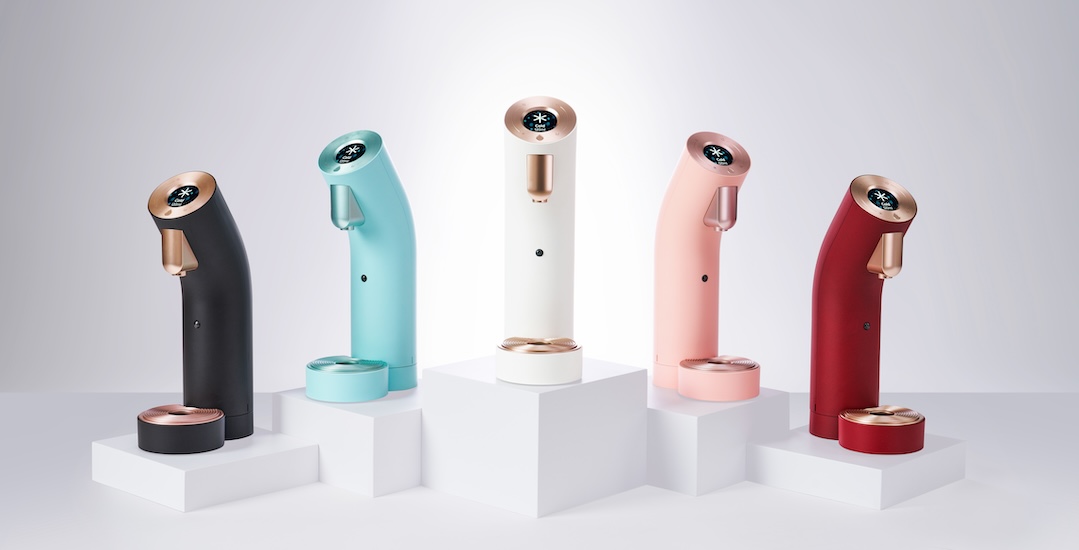
Initial Cost vs. Long-Term Costs
Compare the upfront cost of the filter with the long-term costs of replacement filters and maintenance. While some systems may be cheaper initially, the cost of replacement filters can add up over time.
- Initial Cost: Consider your budget for the initial purchase.
- Long-Term Costs: Factor in the frequency and cost of replacement filters and other maintenance expenses.
Replacement Filters and Maintenance
Factor in the cost and frequency of replacing filters and any other maintenance expenses. Ensure that replacement filters are readily available and not too costly.
- Availability: Choose systems with easily accessible replacement parts.
- Cost: Consider the long-term financial commitment for maintaining the system.
5. Certification and Standards
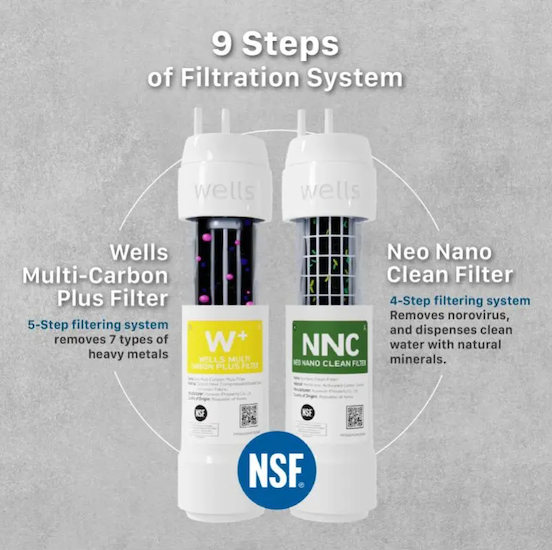
Look for NSF/ANSI Certification
Ensure it is NSF/ANSI certified for its performance and safety before purchasing the filter. These certifications show that the filter has undergone tests to demonstrate its ability to filter out certain contaminants.
- Verified Performance: Certification ensures the filter performs as advertised.
- Safety Assurance: Certified filters are tested for material safety and structural integrity.
Choose Reputable Manufacturers
Opt for filters from well-known and trusted brands to ensure quality and reliability. Research customer reviews and ratings to gauge satisfaction and performance.
- Brand Reputation: Trusted brands are more likely to provide reliable and durable products.
- Customer Reviews: Reviews can provide insights into real-world performance and potential issues.
6. Environmental Impact
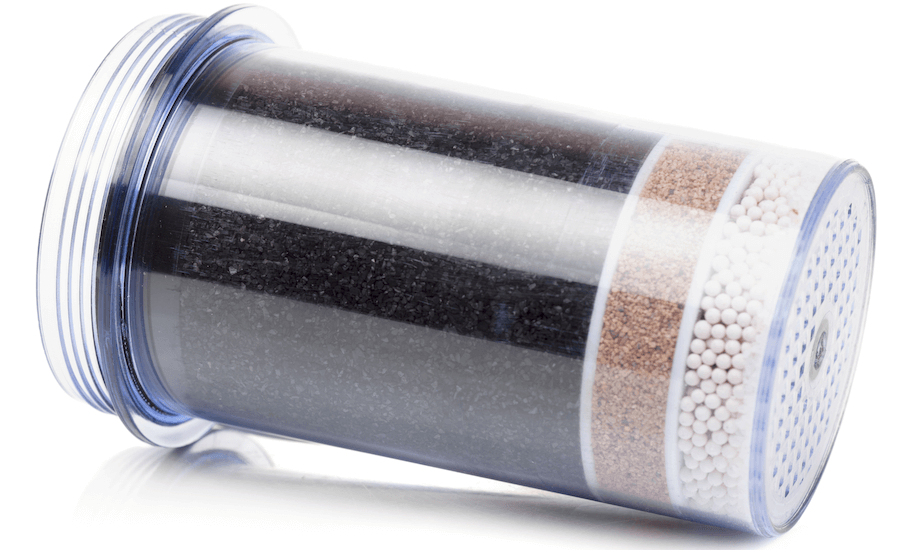
Opt for Eco-Friendly Filters
Choose filters that are designed to be environmentally friendly, such as those with recyclable components. This can help reduce your household’s environmental footprint.
- Recyclable Components: Look for filters with parts that can be recycled.
- Sustainable Practices: Consider manufacturers committed to sustainability.
Proper Disposal of Used Filters
Follow guidelines for the proper disposal of used filters to minimize environmental impact. Many manufacturers offer recycling programs for their products.
- Recycling Programs: Participate in recycling programs to reduce waste.
- Disposal Guidelines: Follow local regulations for disposing of used filters.
Conclusion
Your family should be drinking clean and safe water all year round. Whether we talk about your water quality, the types of filters that are available, or what kind you will require, addressing all these concerns with a clear approach allows us to design an equipped selection criterion for a home filtering system. Think about what you can afford, and try to buy green and certified products.
By doing this, you can narrow down your options so that you know for certain once and for all what is the right pick when it comes to a water filter that handles common impurities in treated public drinking water effectively while providing better-tasting and -smelling water & fulfills enough intake to cover needs of an average working r who drinks normally 8-10 cups per day. Take a stand and decide today to take action to provide your family with the clean water they should have.


